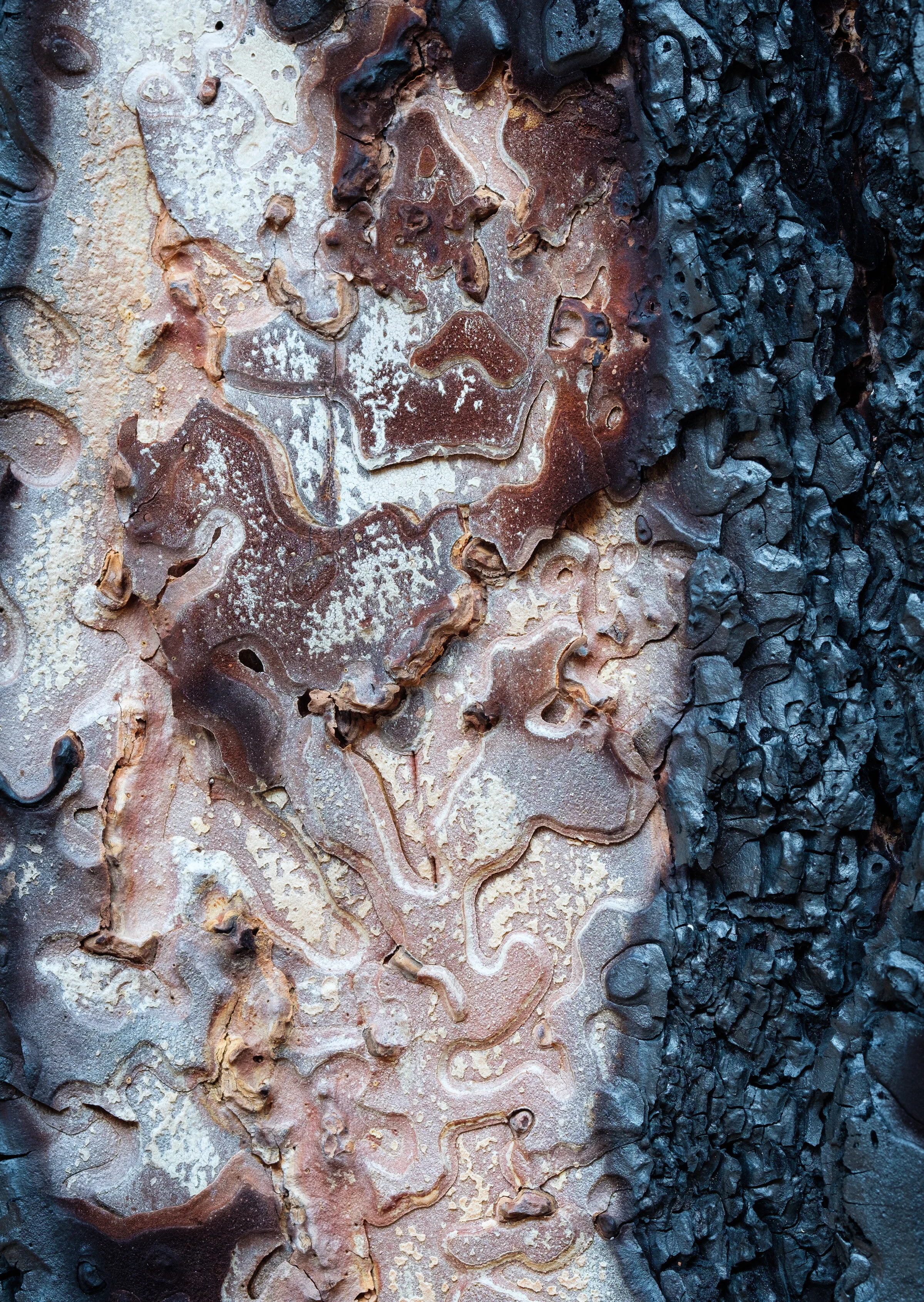Fresno Trip - Stage 2 Yosemite - Part 4 Barking Up A Tree
I recently purchased a photography education package of e-books and videos that included a 26-week, weekly e-mail from David DuChemin, one of the photographers I follow and have learned quite a bit from these past few years. The package was such a deal that the weekly e-mail alone was worth the price; that there were a couple of other resources that looked useful was a bonus. Anyway, the e-mails are set up as a sort of one-on-one workshop with the intention of getting you to think about and improve one’s work. I’ll admit to having saved the weekly e-mails (5 so far) but only really focused on the first two, which arrived before the trip. Mea culpa.In the first week’s e-mail, he asked you to focus on one or two things photographically important to you and to really work on it. I took that idea and thought about the upcoming trip and decided that I wanted to intentionally work on what I am now calling compositions. I used to call them abstractions, or details, but once again, St. Ansel comes to the rescue and has provided a more encompassing term that I am comfortable with. So (for now at least), I am calling the (quasi-) abstract images that seem to attract me “compositions” and am pushing myself to remember to be perceptive to opportunities to work on those types of images every time I go out to photograph.
So when I knew we were returning to Yosemite, I remembered something that captivated my interest the last time I was there and decided that I’d try to work on it some more - Tree Bark. Yosemite suffered a significant fire several years ago and while most trees survived, in several areas trees still show indications of having been burned. Which creates incredible patterns in the bark, which for me are incredible things to photograph.
As I think about why I enjoy photographing these types of images (and what makes some stronger than others), I return to the idea of feeding the eye visually. Allowing the eye to see the image in a variety of manners - as a whole, in various sections, in extreme close-ups - and to create a sense of awe at the wonder and beauty of nature, at each level. To give the eye cause to wander around and through an image in fascination and a sense of discovery. Its much like fractal images where, as you blow the image up, there’s a whole new world to discover, and then to blow it up some more to discover even more.
While working this time, focusing on my intention in making the images, I realized that it’s not only about patterns - in fact many patterns, as beautiful as they are, wind up being a bit boring in a photograph. There has to be more, something to break the pattern, or some other complexity that one discovers, and that leads to more.
If I could print these, I would print them large. Large so you could stand several feet away to just enjoy the balance, or tension in the image (thus “compositions”). But large also so that you could get up close, so close that you can’t possibly see the whole, and explore within the image. So these images are sized larger than normal and are intended for you to click on them and blow them up on your screen. I don’t know about you, but to me it’s a fascinating thing to do.
So, did you blow it up? And then zoom in even more? Whether you did or not, did you see the bugs? If not, I suggest you do. There’s a group of them near the left edge, just above center.
I first saw them when I was verifying my focus on the back of my camera as I was making the image. I turned on the preview to look at an exposure I just made, I scrolled the control wheel as quickly and as far as I could to zoom in to see as much detail as possible, and quickly moved the area I was looking at towards the left edge - all while looking at the tree and not the screen. When I finally I looked down at the screen all I saw was a pile of bugs! Covering the entire screen! I almost peed in my pants! So yes, you should find them. And there are a few individuals hiding out as well. They make you realize that, at their level, this is a landscape. Which is why perhaps I also enjoy looking at aerial photographs of the earth - there’s something magical about it.
With that, I’ll let you explore the images.







